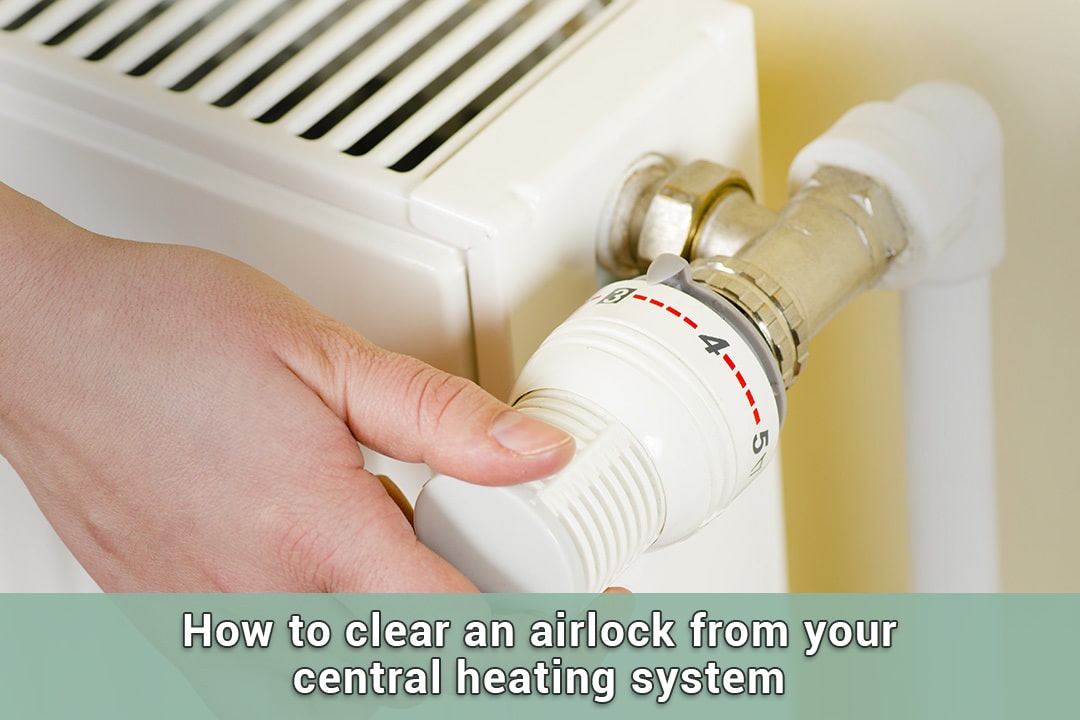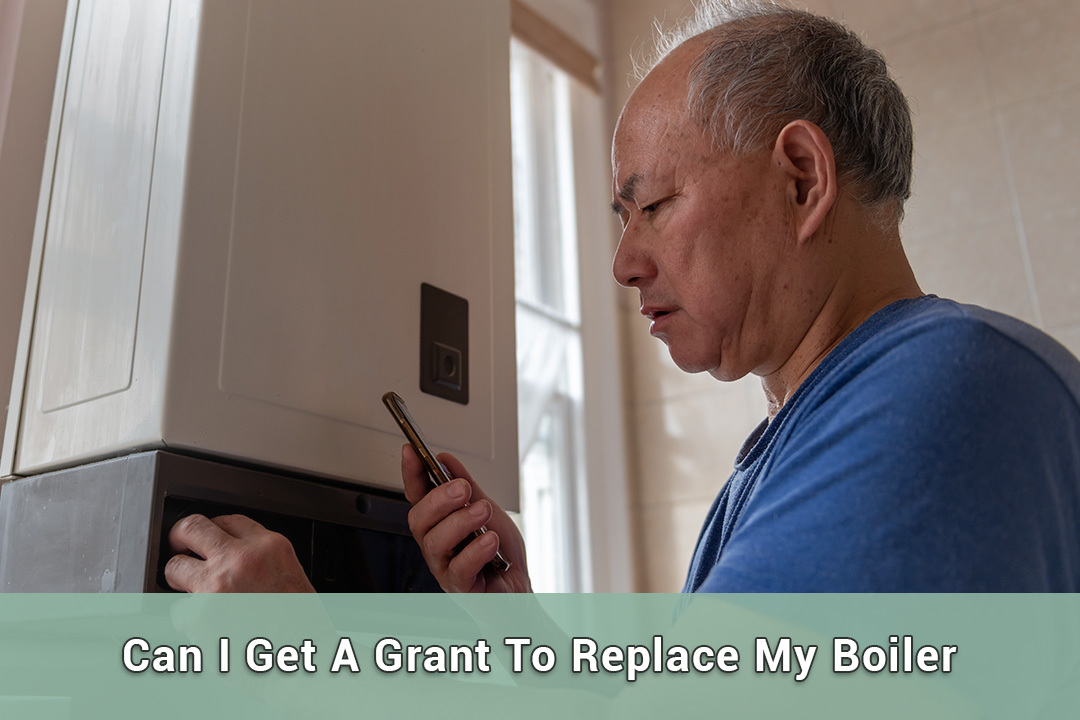Table of Contents
Boiler airlock is a common problem occurring when vapour gets trapped in a heating system. This blocks water from entering the radiator. So if your radiators feel cold, this is chiefly because of an airlock in your central heating or hot water system. For homeowners, it is a good idea to learn how to clear airlock in a boiler.
What’s a Boiler Airlock?
Your central heating system uses a boiler to send hot water all over your house. But sometimes, air pockets can stop your system from working well or slow it down. An airlock happens when too much air builds up in your system. This stops water from going into the radiator. If your radiators feel cold, there might be an airlock.
How can I find out if my Heating System has an Airlock?
Spotting an airlock in your central heating system is usually straightforward and can be fixed quickly in many cases. Boiler air lock symptoms include:
- Little or no hot water coming from your taps, even when the boiler is on.
- Some or all of your radiators feel cool or cold at the top when the heating is on.
- Your boiler makes banging, clunking, or tapping sounds when it’s running.
Causes of Boiler Airlock
- Your central heating system manages heat and hot water in your home. Sometimes, extra water vapour rises and creates an airlock, stopping your heating system.
- When you fill your system with water, there might be trapped air. If not released, it can cause airlock problems.
- Without corrosion inhibitor chemicals, chemical corrosion can create gases, causing issues with your heating system.
- You might find a boiler airlock in the heating system itself. This can happen if it’s refilled incorrectly.
- Sometimes, flow pipes change direction. When water flows downhill, it can’t push air out easily. This, with reduced pump pressure, causes airlocks, making your radiators fail.
How to remove Boiler Airlock from your Heating System?

You can easily get rid of an airlock by bleeding the radiators. This pushes the air out of the system. So, try this on all your radiators, even the ones that are cold at the top. Here’s a quick procedure:
- Turn off your central heating and let it cool down for about 20 minutes.
- Place a dry cloth or towel under the radiator you’re bleeding to catch any water.
- Use a radiator key to slowly open the valve by turning it anti-clockwise. You’ll hear a hissing noise as the air escapes.
- Once the hissing stops, all the air is out, so you can close the valve.
- Check your boiler pressure and turn on the heating. After it heats up, check your radiators for cold spots.
How to remove Airlock in Water Pipes?
To remove a boiler air lock from water pipes, firstly, stop the water flow by turning the stopcock valve beneath your kitchen sink clockwise.
- Next, drain the water supply. Start from the top floor if you have multiple floors. Now, open all taps until no water remains.
- Then, drain out your toilet flushes by flushing them repeatedly until they’re empty.
- After draining all the water, slightly open the taps to let out trapped air. Start from the top floor and work down.
- Now, restart the water supply by turning the stopcock anticlockwise.
- Finally, turn on all taps to maximum flow to remove any remaining trapped air. Then, turn them off once water flows freely.
What if you can’t find a Radiator Key?
Well, no need to panic! There are still ways to bleed your radiator and remove the boiler airlock. If your radiator has a slotted bleed screw, grab a screwdriver and gently loosen it.
Now, if your bleed screw looks a bit different, maybe it’s rectangular or has a square inside, you can try using tools like an allen key, a spanner, or even a pair of pliers. Just take it slow and be careful as you turn the screw anti-clockwise. You’ll hear a hissing noise when air starts to escape. Once that hissing stops, simply turn the screw clockwise to tighten it back up securely.
Other reasons your Radiator might be Cold
Removing an airlock can be tough if you’re not a DIY pro. But don’t worry, there are other common reasons your radiator might not be warming up, so let’s check those out first.
Thermostatic Radiator Valves (TRVs) off or stuck
Check if your radiator valves are set to 0. If they are, turn them up to 2 or 3. If the valve is on but the radiator’s still cold, the inside pin might be stuck. Try gently moving it with grips.
Build up of sludge or debris
If your radiator is cold at the bottom, there might be rust blocking the flow of hot water. Flushing out your system can help get rid of this gunk.
Unbalanced heating system
If the radiator farthest from your boiler is cold, your system might be unbalanced. Balancing your radiators can help fix this problem.
Radiators need bleeding
If your radiator’s hot at the bottom but cold at the top, there might be trapped air. Bleeding your radiators can release this air and improve heating.
Boiler pressure too low
Check your boiler’s pressure gauge because it mostly causes a boiler airlock. If it’s below 1 bar, hot water might not reach some radiators. Follow instructions to repressurize if needed.
Pump at the wrong speed
If your central heating pump’s too slow, hot water might not reach the radiators in time. Try increasing the speed, but be careful not to set it too high. If unsure, ask a pro for help.
People Also Asked
Air gets trapped in heating systems because too much water vapor builds up during heating, blocking the flow of hot water.
Sometimes, in a good system, air can leave naturally as it refills with water. But in poorly made systems, you might need to remove the airlock yourself.
It usually takes about 45–50 minutes. You warm up the system for 10-15 minutes, then turn it off for 25–30 minutes, and finally, bleed the radiators for 10-15 minutes.
Signs include not getting hot water from taps, cold radiators, especially at the top, and strange noises from the boiler.
Regularly bleed radiators, fill the system properly, and use chemicals to prevent corrosion.







